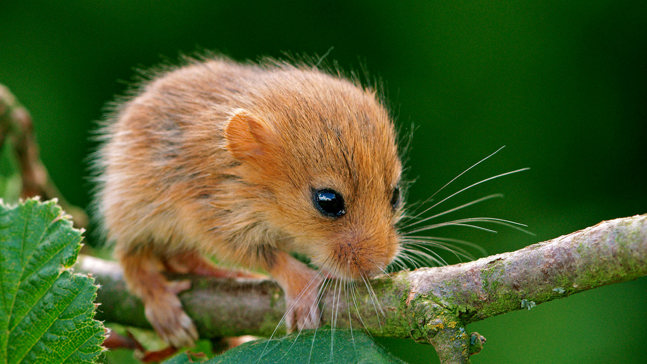
Credit: Marko König / Alamy Stock Photo
Value to wildlife
Moss offers habitats for other plants, insects, frogs and fungi. Some larvae of micro-moths and lace bugs feed only on moss. Other insects hunt among moss for prey. The insects from moss also feed bats and birds. Squirrels use moss to line their dreys and dormice hibernate in nests made beneath moss.


